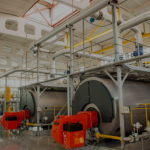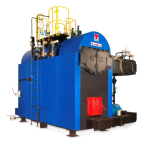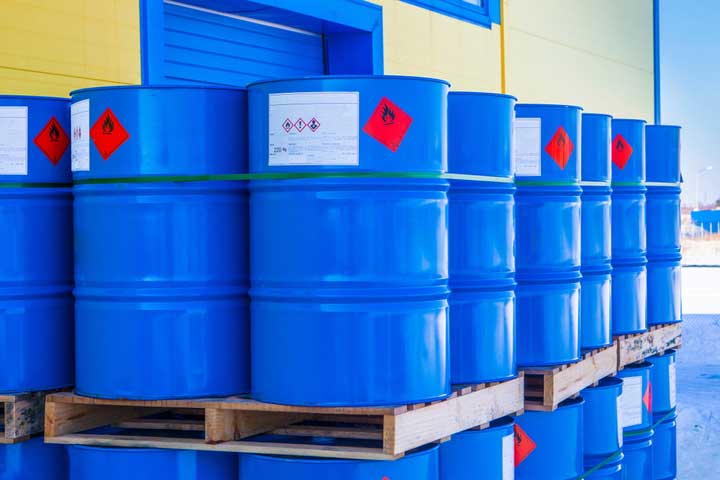
Construction is a crucial element of human civilization, providing the infrastructure that supports our societies and economies. However, individuals or entities do not create all structures equal.Durable and sustainable structures are essential for the long-term well-being of our communities, as they ensure the safety, reliability, and efficiency of our built environment. Achieving durability and Sustainability in construction requires careful consideration of various factors, including using appropriate construction chemicals. In this article, we will explore the importance of construction chemicals in the context of durable and sustainable structures.
Role of construction chemicals in achieving durability and Sustainability
In achieving durability and sustainability in structures, construction chemicals play a crucial role. Various stages of construction use specialty chemicals, from preparing construction materials to protecting and maintaining finished designs. Manufacturers formulate construction chemicals to enhance the properties and performance of construction materials, such as concrete, steel, wood, and masonry, by improving their strength, durability, workability, and resistance to environmental and chemical exposures. By using appropriate construction chemicals, construction professionals can ensure that they build structures to last with minimized environmental impact and optimized resource use.
The construction industry commonly uses various types of construction chemicals, including:
Concrete Admixtures
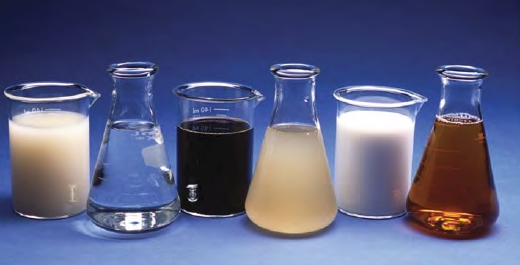
During concrete mixing, people add concrete admixtures, which modify its properties and performance, by adding chemicals.They can improve the workability, setting time, strength, durability, and other characteristics of concrete, making it more suitable for specific construction applications.
Concrete admixtures can be classified into different categories, such as water reducers, accelerators, retarders, air-entraining agents, superplasticizers, and specialty admixtures for specific purposes, such as corrosion inhibition, shrinkage reduction, and waterproofing.
Waterproofing Chemicals
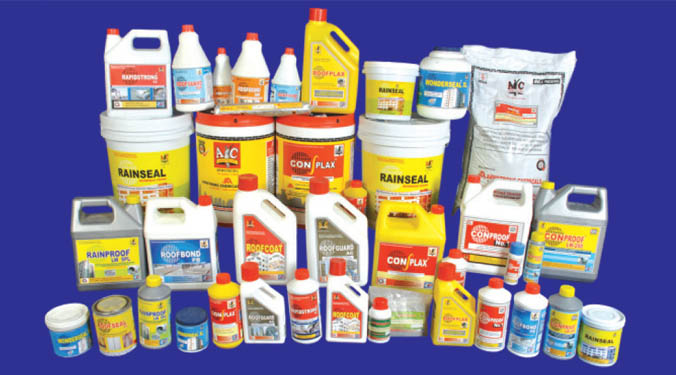
Construction professionals use waterproofing chemicals to protect structures from water penetration and damage. They apply these chemicals to various construction materials, such as concrete, masonry, wood, and metal, to create a barrier against water and other liquids. Waterproofing chemicals can be in the form of coatings, membranes, sealants, and grouts, and they can provide different levels of protection against water, moisture, and other environmental exposures. Waterproofing chemicals are essential for preventing water-related issues, such as corrosion, mold growth, efflorescence, and structural damage, which can compromise the durability and Sustainability of structures.
Adhesives and Sealants
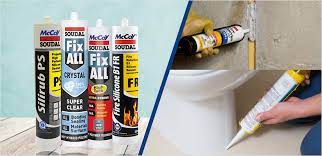
Adhesives and sealants are construction chemicals that bond and seal different construction materials, such as concrete, wood, metal, glass, and plastics. They provide a solid and durable bond between materials, improving the structural integrity and performance of the assembled components.
Adhesives and sealants can also seal joints, cracks, and structural gaps, preventing water penetration, air infiltration, and other moisture or air-related damage. They are crucial for ensuring the integrity and durability of structural assemblies, such as walls, floors, roofs, and facades, and for preventing leaks, drafts, and other issues that can compromise the performance and Sustainability of structures.
Importance of using appropriate construction chemicals
Using appropriate building chemicals is essential for achieving durable and sustainable structures.
Using the right type and dosage of chemicals can significantly enhance their properties and performance. For example, using concrete admixtures can improve workability, strength, and durability, allowing for more efficient and cost-effective construction processes.
Waterproofing chemicals can prevent water-related issues like corrosion and mold growth and protect structures from moisture damage. Therefore, using appropriate construction chemicals is essential for achieving durable and sustainable structures that can withstand the test of time and environmental exposures.
Importance of Durable and Sustainable Structures
Designers and builders design and build durable structures to withstand various stresses and exposures over time without significant deterioration or loss of performance. They can maintain their structural integrity, functionality, and appearance, even under harsh environmental conditions, heavy loads, and other challenges.
Durable structures provide numerous benefits, including reduced maintenance costs, extended service life, improved safety, and enhanced environmental performance. For example, a stable building can require less frequent repairs and replacements, leading to lower lifecycle costs and reduced disruptions to the occupants.
Benefits of durable structures
The benefits of durable structures are numerous and significant. Firstly, stable systems reduce maintenance costs, requiring fewer repairs and replacements than non-durable designs.
This leads to cost savings for building owners and operators and a reduced environmental impact by minimizing the use of materials, energy, and other resources for repairs and replacements.
Secondly, durable structures have an extended service life, which means they can continue to function effectively for a more extended period, providing better value for the investment made in their construction.
This also reduces the need for frequent reconstructions, reducing waste and lowering environmental impact.
Explanation of sustainable structures
Designers and builders design and build sustainable structures while considering the social, economic, and environmental impacts throughout their entire lifecycle. They aim to minimize adverse environmental effects, conserve resources, reduce waste and pollution, and provide economic and social benefits to the communities they serve. The sustainable construction practices they use include using environmentally responsible materials, implementing energy-efficient design, conserving water, reducing waste, and prioritizing the health and well-being of the occupants.
Relationship between durability and Sustainability
Durability and Sustainability are closely related concepts in the construction of structures. Durability is a crucial element of Sustainability, as durable structures are essential for ensuring buildings’ and infrastructure’s long-term performance and resilience.
A stable structure is less likely to fail, degrade, or require frequent repairs and replacements, reducing the environmental impact of producing and installing new materials.
On the other hand, when designing and building sustainable structures, architects and builders consider the long-term implications for the environment, economy, and society, and achieving these sustainability goals relies heavily on ensuring durability.
Role of Construction Chemicals in Achieving Durability and Sustainability
Construction chemicals play a vital role in achieving durability and Sustainability in structures. Specialized products use these chemicals at various stages of construction, including production, construction, and maintenance. They enhance performance, durability, and environmental impact.Several types classify construction chemicals: concrete admixtures, waterproofing chemicals, adhesives and sealants, protective coatings, and repairs.
How construction chemicals contribute to durability
Increasing the strength and durability of concrete
The construction industry commonly uses concrete, which requires modification to enhance its properties. Concrete admixtures are vital in improving its workability, setting time, strength, and durability for better performance.
Preventing corrosion and deterioration of structures
Corrosion is one of the leading causes of structural decline, especially in reinforced concrete structures.Building chemicals, such as corrosion inhibitors, protect the steel reinforcement from corrosion, which can weaken the structure over time.
These inhibitors form a protective layer on the steel surface, preventing the penetration of corrosive agents, such as chloride ions, oxygen, and moisture.
Explanation of how construction chemicals contribute to Sustainability
Reducing the carbon footprint of structures
The energy-intensive production process and the manufacturing of cement clinker release greenhouse gases. Resulting in a high carbon footprint for construction materials, particularly cement in concrete.
Construction chemicals, such as concrete admixtures, can help reduce the amount of cement needed in concrete mixtures. Thus reducing the overall carbon footprint of structures.
Enhancing energy efficiency and insulation
Construction chemicals, such as insulation materials and coatings, can improve the energy efficiency of structures. Insulation materials, such as spray foam insulation and reflective coatings, can reduce heat transfer through the building envelope. Thus reducing the energy consumption for heating and cooling.
These building chemicals help create more energy-efficient structures, reduce greenhouse gas emissions, and reduce overall environmental impact.
Reducing the use of non-renewable resources
Construction chemicals can also help reduce the use of non-renewable resources, such as fossil fuels and natural resources. For example, waterproofing chemicals can protect structures from water damage. Which reduces the need for frequent repairs and replacements of building materials.
This can help conserve natural resources and reduce the environmental impact associated with these resources’ extraction, processing, and transportation.
Advancements in Construction Chemicals
Advancements in construction chemicals have led to the development of more advanced and sustainable solutions for durable and sustainable structures.
The need for more sustainable construction practices, increasing environmental awareness. Also the demand for high-performance and long-lasting structures drive these advancements. Some of the recent advancements in building chemicals include:
Green construction chemicals
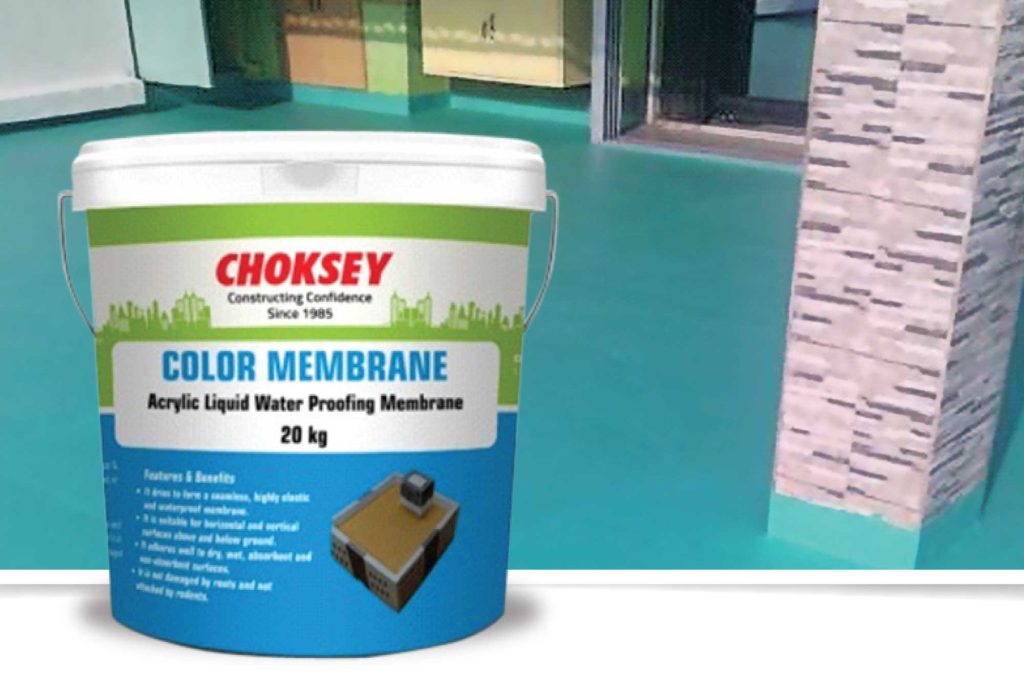
Green construction-chemicals are eco-friendly alternatives to traditional building chemicals designed to minimize environmental impact. Renewable resources make these chemicals, and they have low toxicity and biodegradability, reducing their ecological footprint.
Green construction chemicals include: eco-friendly concrete admixtures, low VOC (Volatile Organic Compounds) adhesives and sealants, water-based protective coatings, and sustainable waterproofing chemicals.
Nanotechnology in construction chemicals
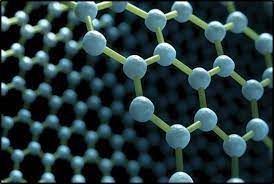
Nanotechnology has revolutionized various industries, including construction, by introducing innovative solutions with enhanced properties. Developers have used nanotechnology in building chemicals to improve structure performance. For instance, nano-silica particles fill gaps in cement particles, increasing concrete strength and durability.
Self-healing materials
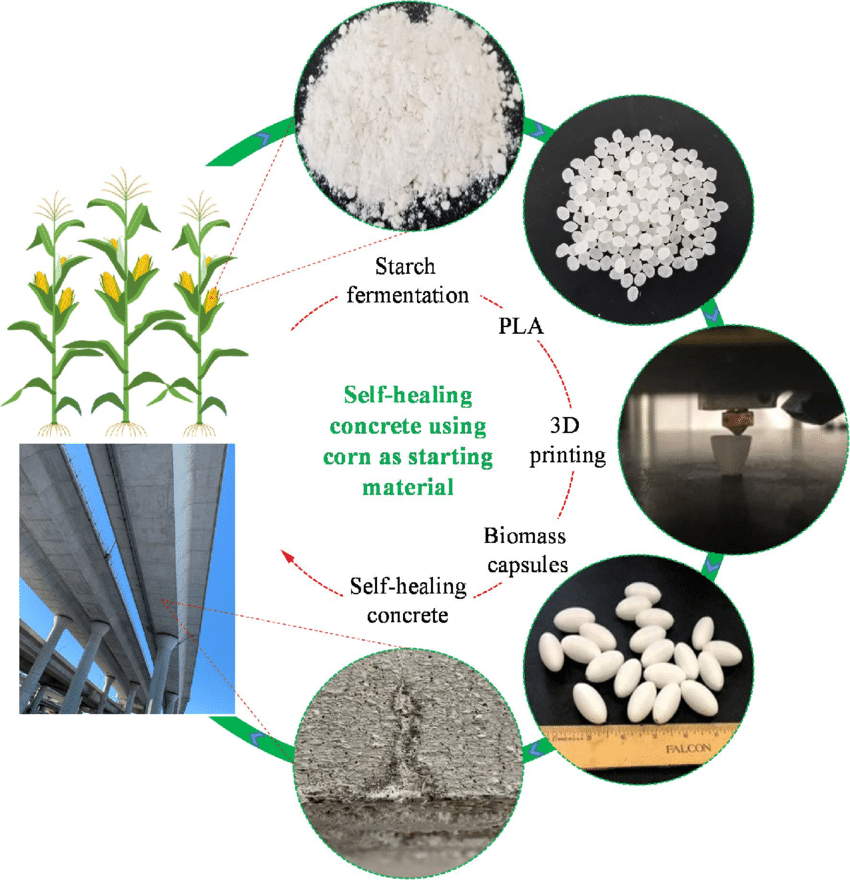
Self-healing materials are cutting-edge advancements in building chemicals that can repair structural cracks and damage without human intervention.
These materials contain microcapsules or microfibers that release healing agents when crashes occur. Filling in the gaps and restoring the integrity of the material.
Self-healing materials, such as concrete, coatings, and sealants, can significantly improve the durability and longevity of structures.
Bio-based construction chemicals

Bio-based construction chemicals are derived from renewable sources. Sources such as agricultural waste, plant extracts, and microorganisms, and offer a more sustainable alternative. Compared to traditional construction chemicals, often based on fossil fuels or other non-renewable resources.
Bio-based building chemicals can be used in various applications, such as concrete admixtures, adhesives, coatings, and sealants. They can help reduce the environmental impact of construction activities. By reducing greenhouse gas emissions and decreasing reliance on non-renewable resources.
Conclusion
In conclusion, durable and sustainable structures are crucial for the long-term performance and resilience of the built environment.
Building chemicals play a vital role in achieving durability and Sustainability by enhancing the properties of materials. Also protecting structures from deterioration and environmental factors and promoting energy efficiency and resource conservation.
Using appropriate construction chemicals can significantly improve the performance, longevity, and Sustainability of structures. Resulting in reduced maintenance costs, increased safety, and minimized environmental impact.
Advancements in building chemicals, such as green construction chemicals, nanotechnology, self-healing materials, an d bio-based building chemicals. Have further expanded the possibilities of creating more durable and sustainable structures.
These advancements offer innovative solutions that address the challenges of traditional construction chemicals. Also contribute to the ongoing efforts of the construction industry toward Sustainability.
As the construction industry continues to evolve and adapt to changing environmental and societal needs. Construction chemicals will be crucial in achieving durable and sustainable structures.
Further research and development in construction chemicals, along with increased adoption of sustainable practices and materials. Will be essential in creating a built environment that is resilient, environmentally friendly, and economically viable for future generations.




